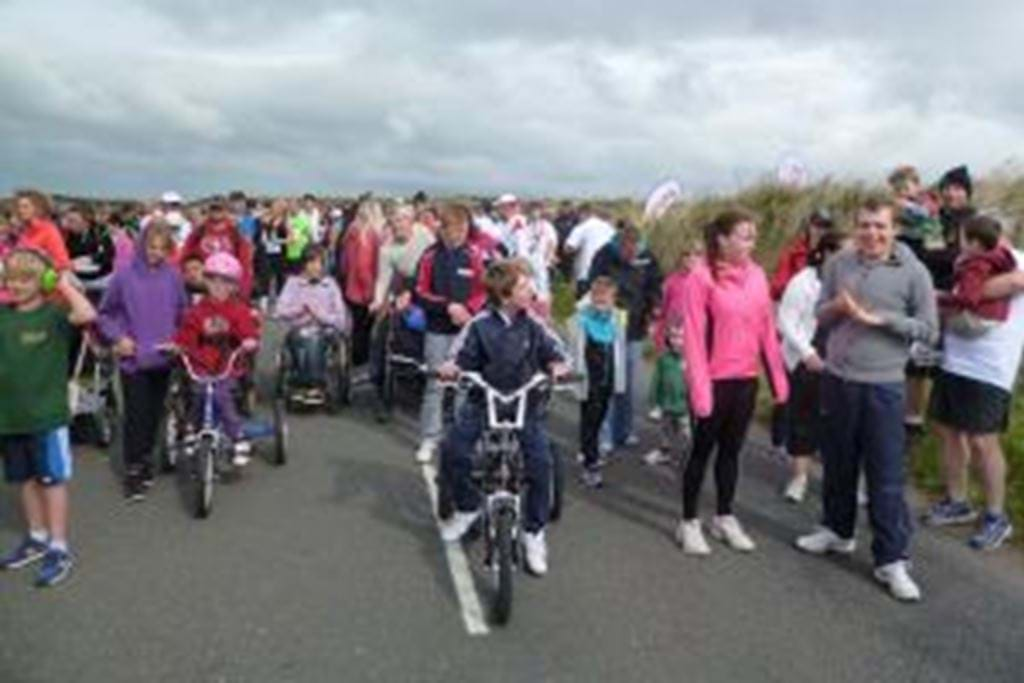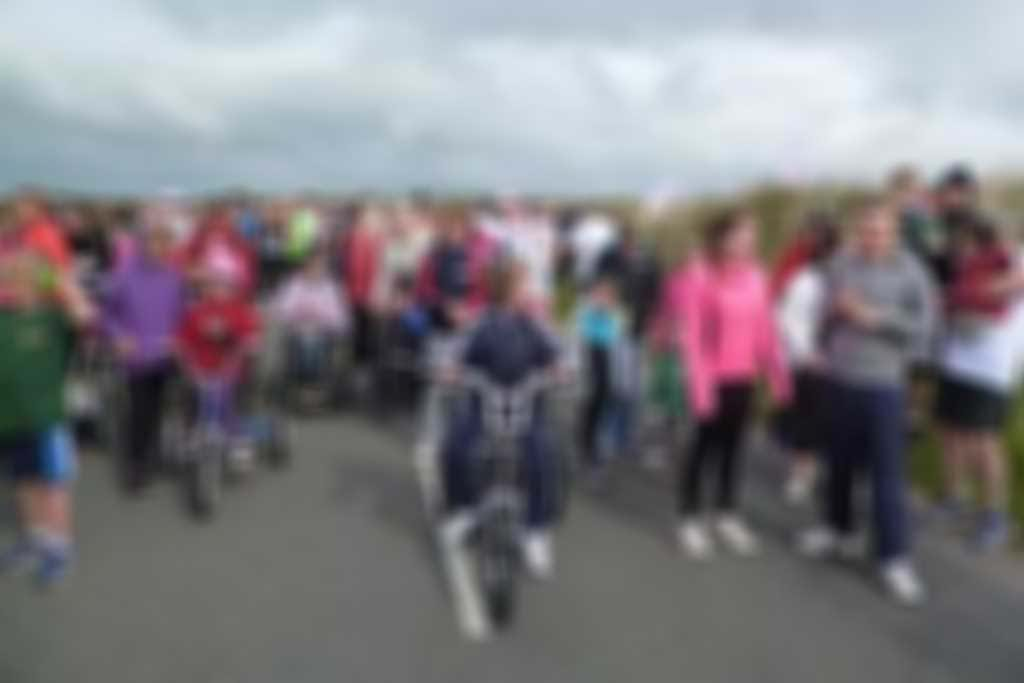New film released to accompany successful inclusive communications guide
26 November 2015

The English Federation of Disability Sport (EFDS) has produced a film, designed to complement the charity’s successful Inclusive Communications Guide.
Through a series of animations, viewers can take a whistle-stop tour of useful communication practices and principles. When adopted, the changes will help providers to reach a wider audience in sport and physical activity, including more disabled people.
Sarah Marl, Marketing and Communications Manager for EFDS, said, “The film does not replace the in-depth Guide, but it allows more people to access information in a convenient way. We are looking forward to supporting more organisations to make sure disabled people can be active for life."
- Click here to view and download the Inclusive Communications guide (10MB)
- There are lots more useful resources for clubs on our resources page: www.englandathletics.org/disabilityresources
- You can watch the film on EFDS’s YouTube channel here or the film directly below.
Created in partnership with Tinmouse Animation Studio, the film explores issues like language, accessibility and alternative formats. Over six minutes, it outlines a range of essential principles, which providers can use to improve their own work.
 Sarah Marl commented, "Many people, including disabled people, continually miss out in sporting communications- sometimes for reasons that would require small changes to the campaigns. EFDS aims to address the main communication barriers that many people experience in sport and physical activity, which also stop disabled people from accessing some opportunities. We are proud of the Guide’s success. It is fantastic to see how enthusiastic organisations are to make changes in their own communications plans. The new film explains some of the key principles in a creative way that can significantly help providers to reach more people."
Sarah Marl commented, "Many people, including disabled people, continually miss out in sporting communications- sometimes for reasons that would require small changes to the campaigns. EFDS aims to address the main communication barriers that many people experience in sport and physical activity, which also stop disabled people from accessing some opportunities. We are proud of the Guide’s success. It is fantastic to see how enthusiastic organisations are to make changes in their own communications plans. The new film explains some of the key principles in a creative way that can significantly help providers to reach more people."
Sport England’s Director of Business Partnerships, Tanya Joseph, said: “There are lots of people working hard to make sport accessible to everyone, but they can struggle to get the message across that their activity is open to all. EFDS’s new film shows the tools and tactics sports providers can use to let more people know about the inclusive activities they offer, and crucially make it clear that their activity offers a welcome environment for everyone.”
The way in which disabled people access communications may be different to non-disabled people; and people with different impairments have different needs or experience different ‘barriers’ to accessing information. In 2012, EFDS research on barriers to participation showed communication as something, which can enhance experiences or restrict disabled people from being active. This applies to all aspects of marketing and delivery, at all levels.
More news from RunTogether




